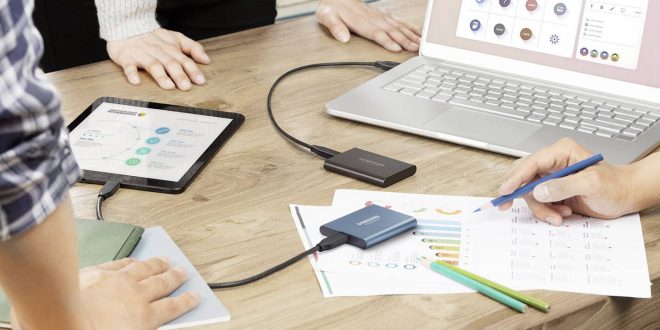Modern technology is all around us and a good portion of our daily life exists virtually. Most of our memories and hobbies are digital nowadays meaning we have to keep them somewhere close and secure. No matter if it is your family photos, your favorite movies, and TV shows, or your music albums, digital files require a ton of storage which always seems to be insufficient no matter the pace at which storage solutions get bigger and better.
The go-to way of storing files used to come in the form of CDs and DVDs. Before that, it was records and cassettes. However, that was before the modern digital age, a time when everything fits on drives that are getting smaller and smaller while offering more and more room for anything you plan to keep. USB flash drives are useful for quick transfers of data especially in work and school-related situations. For private use, however, you need something bigger, better, faster, and more durable.
Going External
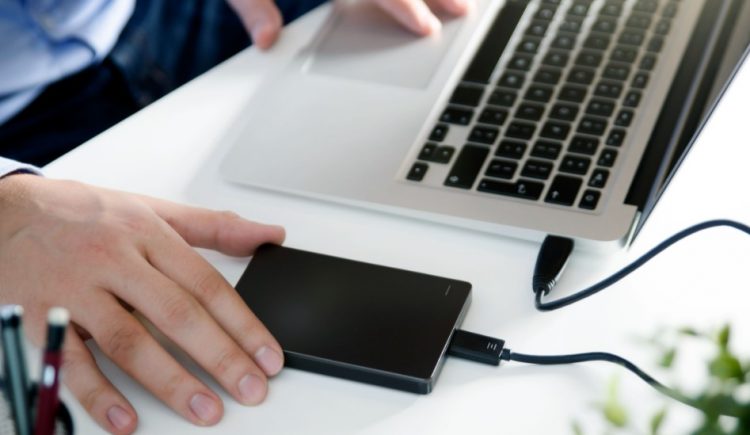
Since the internal storage we have in our devices is never truly enough, the only thing left is for us to use external hard drives. You probably know all about these devices so we will not spend a lot of time talking about what they are and how they work. It is easy, the connect to computers and other gadgets via USB cables and allows you to store data on them. They come in a great variety of sizes, from a few hundred gigabytes to a dozen or so terabytes. Depending on who you are and what you need it for, you can therefore pick the right size for you and store whatever you require on it.
External hard drives are extremely useful and anyone who deals with a lot of data uses them. A content creator or a photographer, as well as any type of enthusiast who simply has a lot to keep safe, has at least one. Families invest in them to keep their treasured memories safe and sound, companies use them to keep sensitive data, and even those dealing with digital currencies use them as a type of electronic wallet. They are here to stay and they are by far the best chance you have to save your data. However, what about their weaknesses and can you lose your external hard drive data?
In this article, we will focus on this question and talk about how you can prevent data loss on an external hard drive. There is a lot that can be done to ensure your hard drive is fully operational and therefore secure. To learn more, keep reading the following sections. Mind that in some cases it is possible to lose some of the data, which is when you have to think about data recovery. Data recovery is not always possible, but it has managed to save countless people from forever losing their invaluable data.
Preventing Data Loss
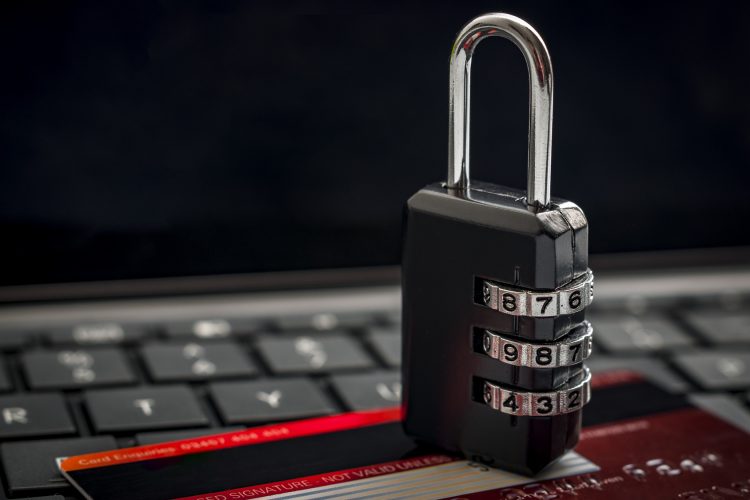
To make sure you never have to use data recovery solutions, you must know exactly what needs doing in terms of preventing data loss on your external hard drives. Do the following and your device will always be in full strength and you will never have to worry about the data on it.
1. Take Good Care of It
As with any other form of technology, you have to take good care of it in a variety of ways. A lot of people believe that since the data is digital, it cannot be damaged or destroyed by conventional means like physical damage, heat, moisture, or cold. Not only can all of these compromise your files, but even a lot of unnecessary vibrations can ruin a file or two. In order to prevent this, get a protective case for it and keep it in a safe place away from children and pets. The best place for it would be a drawer only you will use, a cold and dark place where nothing can interfere with the drive. If some damage does occur, take it to a computer repair shop for an expert to examine it.
2. Pay Attention to the Health
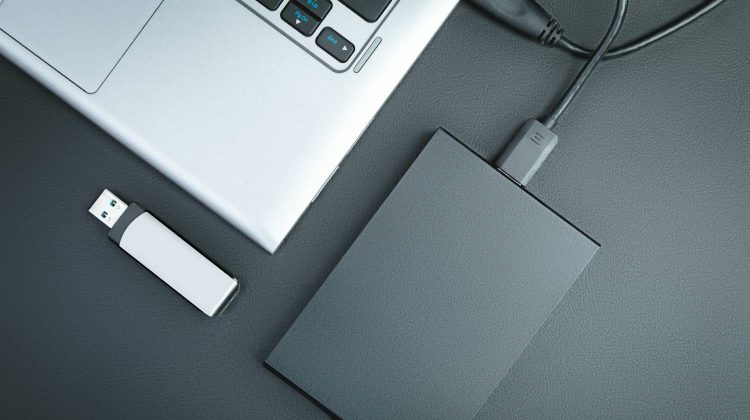
The physical well-being of the device is one thing, but monitoring its health is a completely new thing to worry about. Just like with your internal drive, you can view the current condition of your external one and check if it is working as intended. They will never break all of a sudden as certain symptoms and telltale signs always precede a full failure. There are special tools you can download that will tell you all you have to know about the health of the drive. You will get the issues back as a report, after which you can take the required action and fix them and save your data in the process.
3. Never Overload It
While it seems like an excessive type of measure to take, never completely filling up your drive is something generally advised. You should always give it a little extra room to breathe. The same goes for any other device and any other form of storage. If you have 1 TB of space, do not use all of it all the time. Keep around 100 GB free just in case so that it can work faster and need less power and time. The fuller it is, the harder it works, and the shorter its lifespan becomes. It is a smart idea to keep it under full capacity at all times and behave as if you do not have the same amount of room it shows you. You can always use more drives if you need more space.
4. Remove the Device
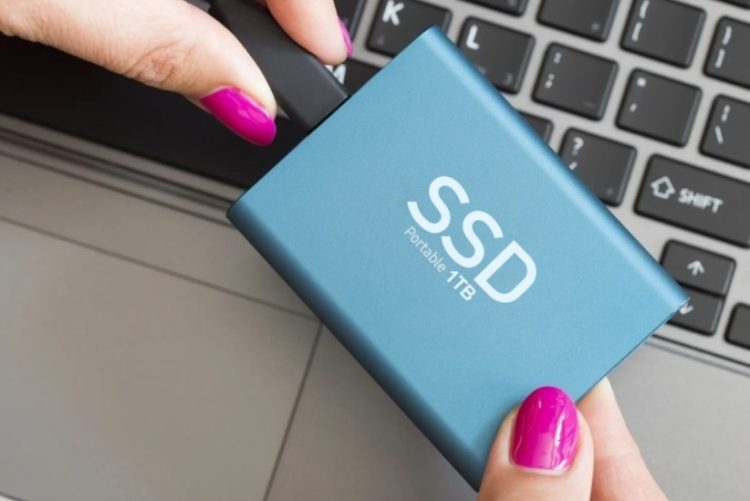
Last but not least, here is something many people forget to do or have no idea that they need to do in the first place. Before you plug out the drive from your PC, always select the “Remove Device” option from your taskbar first. It is located on the tray next to the clock. This ensures that all of the processes are finished before you physically remove the connection. In addition, nothing will be interrupted midway and no files will be lost after you plug it out. There will also be no power surge waiting to happen as the processes will be shut down.
 Hi Boox Popular Magazine 2024
Hi Boox Popular Magazine 2024
